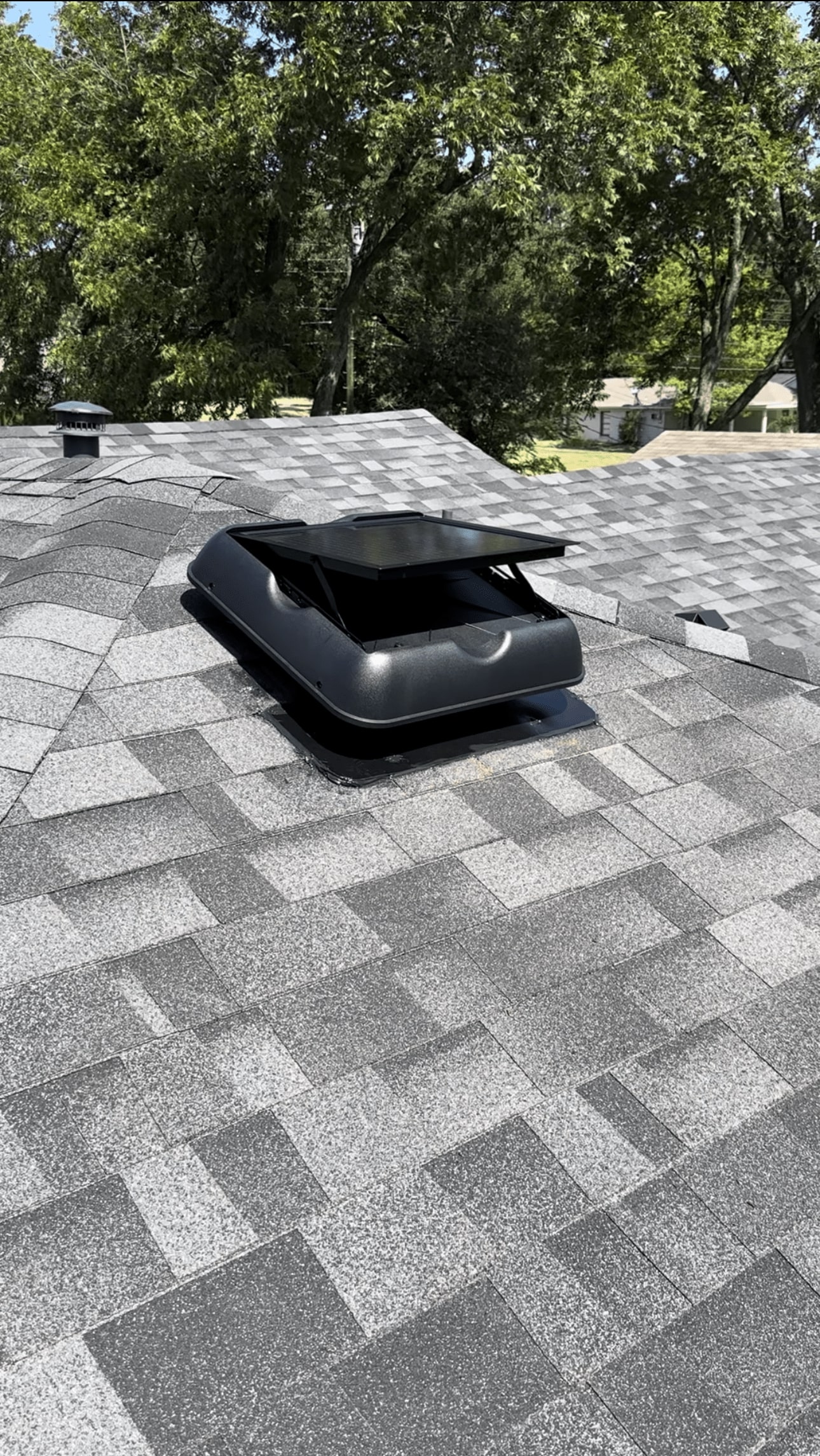The Ultimate Guide To Green Attics
The Ultimate Guide To Green Attics
Blog Article
The smart Trick of Green Attics That Nobody is Discussing
Table of ContentsMore About Green AtticsHow Green Attics can Save You Time, Stress, and Money.Not known Details About Green Attics The Ultimate Guide To Green Attics9 Simple Techniques For Green AtticsSome Known Facts About Green Attics.
Uploaded by Service Champions Cooling BlogWhen you switch on your home heating, you want it to stay inside your home - Home energy audit. Powering up the heating causes the heat to rise straight up right into your attic. It's after that up to your attic room insulation to do its task and block the warm from getting awaySo, it's obvious that you need to spend your time and money right into shielding your home, yet what attic insulators are out there for you to select from? Which attic room insulation is ideal? And what are the potential risks of each of them? This short article will outline the 4 sorts of attic insulation you can pick from, plus study the benefits and drawbacks of each.

What Does Green Attics Mean?
Why is fiberglass batt insulation so popular? It's numerous advantages consist of: As a whole, fiberglass is substantially environmentally friendly.
Fiberglass batt insulation rarely diminishes or breaks down. This is due to the air pockets that happen in production. Fiberglass batt insulation is also soundproof, assisting lower external sounds and keep inner audio inside the property.

The Greatest Guide To Green Attics
If wetness is soaked up by the fiberglass batt insulation, it can breed hazardous mold. Rats and various other undesirable guests enjoy fiberglass batt insulation, and usually make it their home. Rodent infestations are an actual opportunity. If you like the idea of fiberglass but aren't keen on making use of batts, then blown-in fiberglass might be the method forward for you.
When utilizing the blown-in approach, it fills the attic room better, ensuring it's air-tight. This minimizes the amount of hot air getting away and cold air going into. It takes an issue of hours to obtain your attic room insulation up and running.
After the insulation has cleared up, it's proven that the R-Value reduces. It needs much more maintenance than other kinds of attic room insulation on our list. Ought to the insulation obtain damp, removing the insulation isn't as simple as getting rid of fiberglass batts. You'll need to choose it all up, while using handwear covers, and remove it little by little.
This attic room insulation is also blown-in utilizing a blowing device, nevertheless the material made use of is different. Boric acid and various other compounds are used to flame-proof the attic insulation.
Top Guidelines Of Green Attics
(http://peterjackson.mee.nu/where_i_work#c2458)
Is blown-in cellulose insulation worth it? Below's what it can supply your house: For the many part, blown-in cellulose is much better for the world. With cellulose being made from totally recycled material, there's no demand to produce new material. Reusing this is environmentally friendly. The boric acid and various other substances help to fire proof the insulation and slow down the spread of fires.
Blown-in cellulose insulation has an R-Value that is 23 percent greater than fiberglass batts. Cellulose additionally helps in Duct cleaning reducing wind-washing. What are the disadvantages of setting up blown-in cellulose insulation in your attic? Here are the disadvantages: Cellulose is eco-friendly, nevertheless the further compounds that are added are not. Boron is needed to create boric acid, and the mining procedure that mines boron is damaging to the setting.
Cellulose also does not mix well with liquid. Needs to it come to be wet, mold can expand promptly and spiral uncontrollable. Correcting this scenario can be labor and time intensive, as you'll require to select up the insulation little by little, rather than in one roll. The last kind of attic room insulation is spray foam insulation.
The Ultimate Guide To Green Attics
Unlike all the other sorts of attic room insulation, spray foam insulation is the only kind to come as a liquid. After being splashed, it thickens and expands, and afterwards establishes as a sturdy foam. This foam slides neatly into any type of gaps, securing impermeable, and cuts off any kind of escape courses for your heating.
Finally, what are the drawbacks of spray foam insulation?: The ahead of time payment for spray foam insulation is greater than the other types of attic insulation on our listing. It's worth taking into consideration that, due to high levels of energy performance, it'll likely balance out or also become less costly in the long-run to keep your home warm.

The 6-Minute Rule for Green Attics
Excellent care needs to be taken around the foam, and you'll require to use safety glasses, a mask, and a respirator. With 4 types of attic room insulation and their pros and disadvantages, you're currently able to make a notified decision, knowing the advantages and drawbacks to each. That's why I can say with confidence that the ideal method to insulate my attic room is with cost-effective cellulose or fiberglass insulation used over a closed attic room flooring.
Report this page